It’s been a big year for Korean carmaker Kia, U.S. sales set to reach a new record. To keep momentum going it’s launching plenty of new products in 2025 and looking to enter still more “white space” beyond – a pickup one opportunity under study. But planning ahead is on hold until at least “January 21,” said the brand’s U.S. marketing chief, with the incoming Trump administration poised to address such issues as EV sale mandates and incentives, as well as tariffs on foreign-made vehicles.

Kia America marketing chief Russell Wagers says the automaker is looking at a number of “white space” opportunities.
Over the past decade, Kia has transformed itself from a bargain basement brand to a marque with much broader appeal. An expanded line-up certainly has helped, the Korean carmaker introducing a range of new products this past year, and more to follow in 2025, including both sedan and hatchback versions of the compact K4 line.
If anything, Kia has even more in the works, including future battery-electric models. And it’s exploring other “white space” opportunities such as a midsize pickup, based on the new Tasman. “We are always looking at segments we’re not competing in,” Russell Wagers, the head of marketing for Kia America, said during an interview. “We’re looking at a whole bunch of things.”
But don’t expect Kia to be making any major decisions in the immediate future, Wagers added, as the new administration set to move into the White House next month could completely change the automotive playing field.
Expanding the line-up
For much of its existence, Kia was positioned as a bargain brand producing small economy cars. Its move up-market has been dependent upon fleshing out its line-up with larger, more desirable products, such as the award-winning Telluride SUV. And it has largely defied the slowdown in growth of the overall EV market with products like the EV6 and three-row EV9 – both due to be updated in the coming year.
For 2025, Kia is rolling out the K4, the newly remade – and renamed – compact sedan previously known as Forte. A first-time hatchback version will launch late in the coming year. And while Wagers wouldn’t offer a public commitment, several well-placed Kia insiders told Headlight.News one or more electrified versions of the K4 may also follow. The problem, said Wagers, is that they’d likely come in around $26,000, putting them in direct competition with another electrified Kia model line, the Niro.
Kia also sees significant opportunity to enter new spaces in the market. It’s been rumored for several years that a pickup could be in the works, something to challenge the likes of the Toyota Tacoma and Chevrolet Colorado. It could be based on the
, a new, body-on-frame truck unveiled in October and set to go on sale in the coming year.
Plans on hold
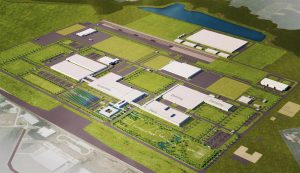
The Hyundai Motor Group Metaplant will help increase the number of Kia, Hyundai and Genesis products built in the U.S.
Before Kia could introduce a U.S. pickup, however, “We (would) need more capacity,” cautioned Wagers. And that holds true when it comes to adding a K4 hybrid and other electrified models. Indeed, “If we could get more hybrids we could sell more of them,” he added.
For the moment, however, Kia is taking a wait-and-see approach when it comes to both adding new products and expanding its global production footprint. “Talk to me on January 21st,” said Wagers, the day after President-elect Donald Trump returns to the White House.
Kia is by no means the only automaker putting plans on hold, as a number of other senior industry leaders have told Headlight.News since last month’s election. There are just too many uncertainties considering what the incoming president has said he would do once back in office. Among other things, Trump and incoming administration officials have signaled plans to roll back EV mandates and sales incentives, while also slapping hefty tariffs onto imported vehicles.
The challenge is to figure out “whether it’s just saber-rattling,” said Wagers.
More Kia News
- Kia Delivers a Triple Threat at LA Auto Show
- Is Kia K8 Concept a Hint of the Future
- Kia Gambles with New Tasman Pickup
EVs face an uncertain future
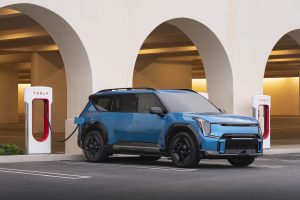
Products like the Kia EV9 could be hurt by Trump policies…but Kia hopes to increase their appeal switching to the Tesla-style NACS charge port.
Should Trump follow through with some of his campaign promises, “We might not sell as many (EVs) as we want,” said Wagers. As a result, “The timing of some things,” including the launch of future EV models, “may change a little bit,” he added.
He said he’s optimistic that Kia will gain a little more traction, though, as it switches from the old CCS charging port on products like the EV6 and EV9 to the Tesla NACS port early in 2025. That will make it much easier, the marketing exec noted, for buyers to find places to plug in when they are on the road.
Kia will provide charger port adapters to those with older vehicles – making them free to customers who bought an EV since the beginning of September. It will sell adapters to those with older models.
Consumers would pay for new tariffs
EVs wouldn’t be the only Kia products that could be impacted by Trump policies. Import tariffs would affect virtually all automakers, though it would depend upon the language of any new policy – and how trade partners respond. Currently, 40% of the Kias sold in the U.S. are built in the country, a figure that grows to 60% factoring in all North American plants.
Kia is in a better position than it was even a year ago, however, as it is preparing to start producing some of its EVs at the newly opened Metaplant in Georgia operated by its parent, the Hyundai Motor Group.
That still leaves a sizable of its product line vulnerable to tariffs – and such new duties would also impact various imported parts and components used on U.S. assembly lines. So, said Wagers, the reality is that there could be a jump in new vehicle prices post-election.
“It’s not like we’re going to absorb the tariffs,” he said. As many of Kia’s competitors have also signaled, those higher costs will be passed on to consumers.

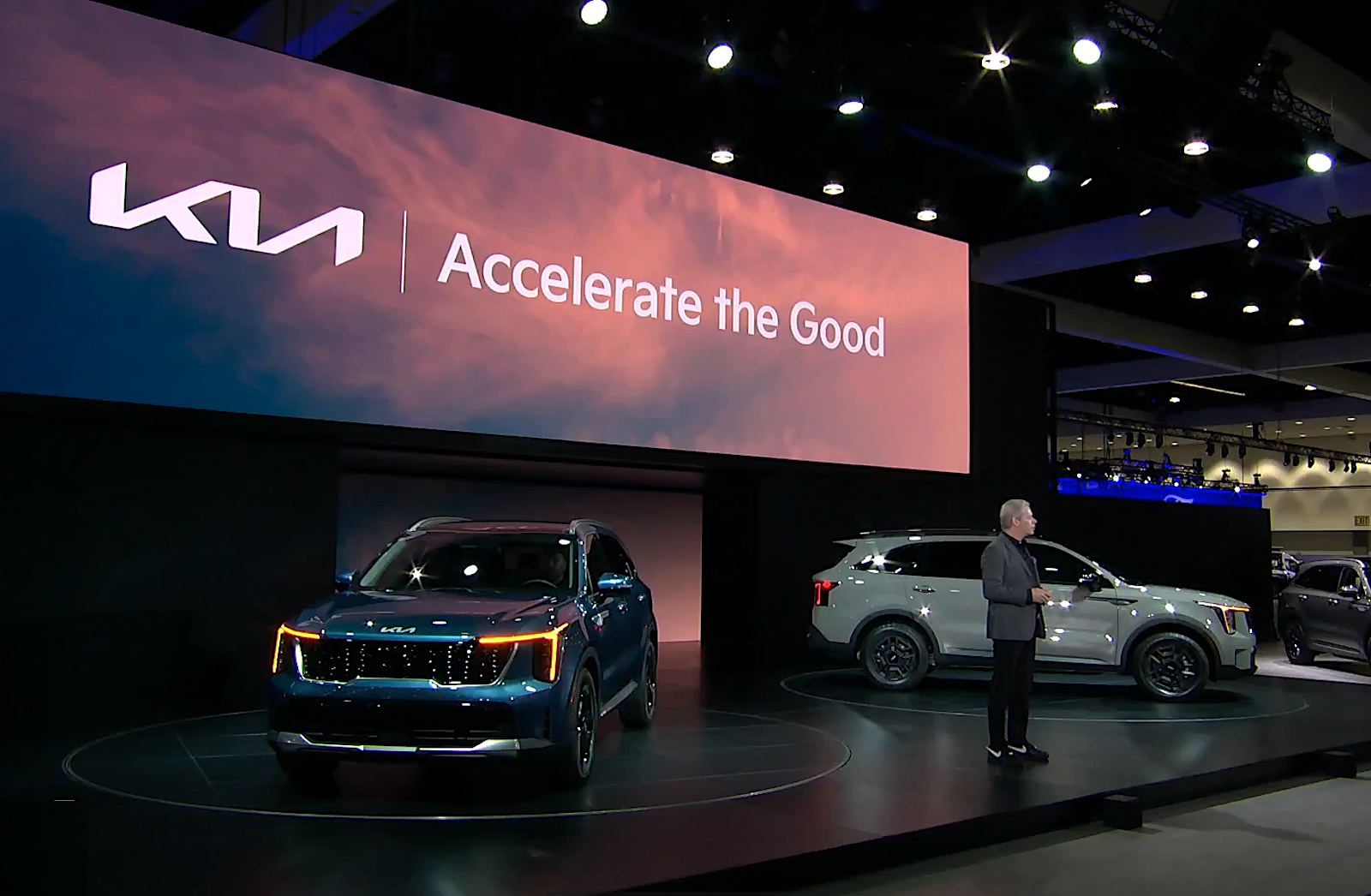
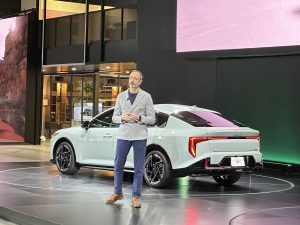
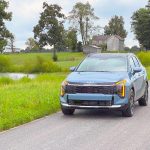
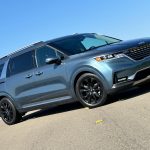
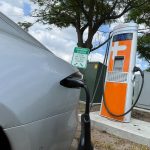
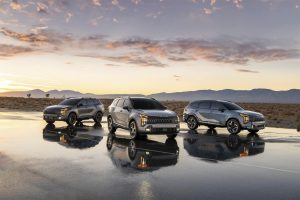
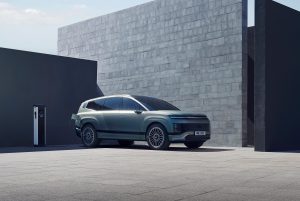
0 Comments